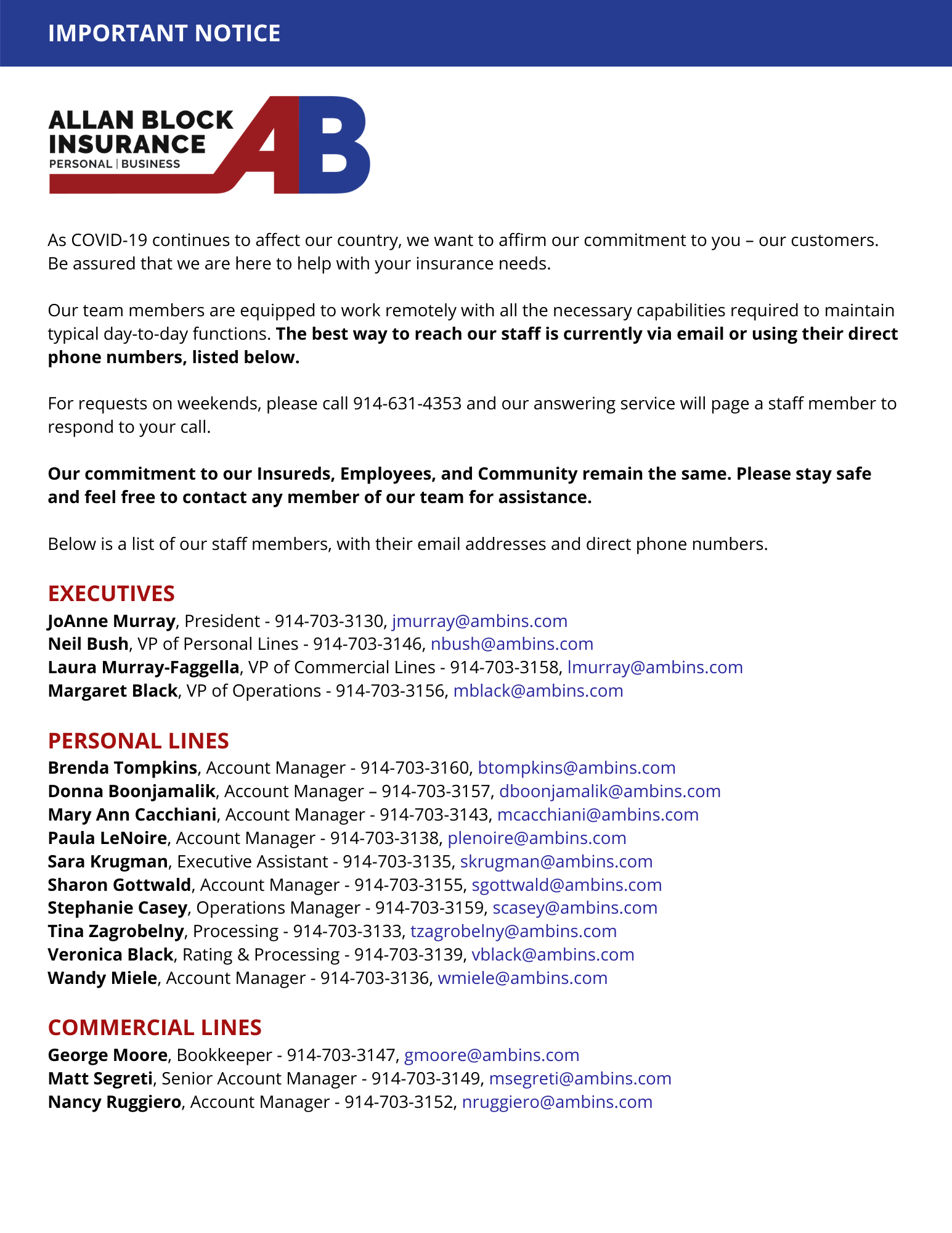Most commonly, a transporter “black box” on a vehicle logs information such as speed and aggressive driving.
Businesses can purchase these telematic devices and install them in their vehicles to monitor employees’ driving styles and hold them accountable for reckless driving.
Being able to acquire concrete data on drivers, as well as from accidents, is more important now than ever. The auto insurance industry is experiencing rising numbers of claims, as well as increases in amounts paid out on those claims. The claims volume likely has to do with distracted driving, and the increased payouts have to do with many factors, including increases in medical bills, lost wages, and the fact that cars are now more expensive to fix than ever.
It’s essential that a business implement an auto fleet management system. With the assistance of data from telematics, your business can create a fleet management plan that will showcase your business in the best light to insurance carriers. Your plan can explain the roles of the auto fleet supervisor, procedures for safe driving that your business has enacted, disciplinary procedures for violations, and any success you have in decreasing accident rates and dangerous driving.
There are various options in the marketplace for telematics devices, many of which can be provided free of charge by insurance companies through your agent or broker. A lot of the newer devices are app-based, using smartphones, and employees can use either their own personal device or a company phone while on the road. Talk to your insurance professional about telematics offerings from your insurer and how fleet management can positively impact your commercial auto coverage.



